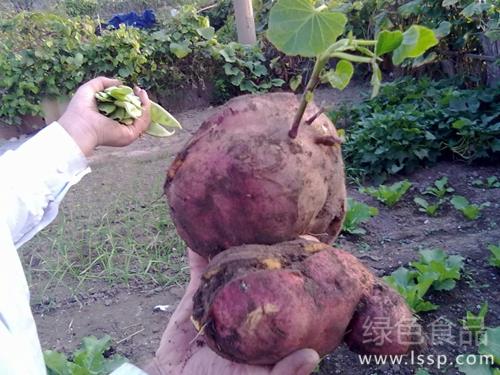The planting method of sandalwood
We should all be familiar with the word sandalwood. Generally speaking, when it comes to sandalwood, you will think that it is very expensive and basically covered with treasures all over the body, so it is no exaggeration to call it the Golden Tree. In China, the main living areas of ginseng incense are Guangzhou and Taiwan, which are very rare, have a wide range of use value, and have high medicinal value. Now let's take a look at how to grow sandalwood.

1. Planting time
The temperature suitable for sandalwood growth is generally between 20 and 35 degrees Celsius. In fact, there is no great restriction on the planting time. Generally, planting can be carried out all the year round, but in the later stage, it has been proved that the best planting time is in July and August of each year, with a higher survival rate and higher growth. And the sandalwood planted at other times, the survival is generally not more than 70%, sandalwood is very precious, reduce risk and reduce loss, or need to choose the best time to plant.
2. Woodland improvement
The requirement of sandalwood planting land is relatively high, in line with the nature of sandalwood planting land can be said to be very few, so this is one of the reasons for sandalwood scarcity. So before planting, we need to transform the planting land, stone less to meet the most basic requirements of sandalwood growth. The planting land should have sufficient light, close to the water source, fertile soil and good drainage. Then sprinkle the filled organic fertilizer on the land, and then use the machine to turn the soil deeply and mix the fertilizer evenly.
3. Digging holes and planting
When the land is ready, it can be planted. The cultivation of sandalwood generally needs to dig holes in advance, the width of the hole is generally 40 cm, the depth is about 40 cm, the interval between each hole is about five meters, according to this specification to dig a good hole. Finally, put the sandalwood seedlings into the hole, fill them with soil and plant them.
4. Management and maintenance
The management and maintenance of sandalwood is very important, which is directly related to the survival, growth, quality and other aspects of sandalwood. The newly planted sandalwood is relatively weak, so we should follow the principle of applying thin fertilizer frequently when fertilizing, applying compound fertilizer once a week and watering it. In the later stage, the basic navigation can be applied once a month, but in addition to fertilizer, it is also necessary to apply nitrogen fertilizer, phosphate fertilizer, potassium fertilizer, organic matter and so on, so as to avoid poor growth of sandalwood.
5. Pruning technique
Pruning technology is also very important, we should timely remove false Artemisia annua, usually in spring and summer when the temperature is high and rainy. In order to prevent sandalwood from bending, we need to stand up and support it, mainly with small sticks. Besieged to prevent sandalwood from withering and dying, we have to remove the superfluous buds every five centimeters or so, leaving only one bud. Finally, sandalwood needs to be pruned once a year to reduce the consumption of nutrients and promote the growth of sandalwood.
6. Disease and pest control
The most common diseases of sandalwood are root rot, blight, gray spot and so on. We can use carbendazim, Likujing and Topurazine wettable powder respectively, and strengthen field management at the same time. The main pests are drill worms, leaf-eating pests and beetles. We can use omethoate, trichlorfon and malathion EC respectively to kill them. At the same time, we can all use omethoate and trichlorfon to kill them. The effect is also very good.
These are all the contents of sandalwood planting brought to you by the editor. In fact, there are still many things we need to pay attention to in the process of sandalwood planting. The weaving fruit editor is limited. Here we simply introduce some sandalwood planting methods. If you want to know more about sandalwood planting, you can pay attention to us. The editor will constantly update and improve.
Related
- Fuxing push coffee new agricultural production and marketing class: lack of small-scale processing plants
- Jujube rice field leisure farm deep ploughing Yilan for five years to create a space for organic food and play
- Nongyu Farm-A trial of organic papaya for brave women with advanced technology
- Four points for attention in the prevention and control of diseases and insect pests of edible fungi
- How to add nutrient solution to Edible Fungi
- Is there any good way to control edible fungus mites?
- Open Inoculation Technology of Edible Fungi
- Is there any clever way to use fertilizer for edible fungus in winter?
- What agents are used to kill the pathogens of edible fungi in the mushroom shed?
- Rapid drying of Edible Fungi



